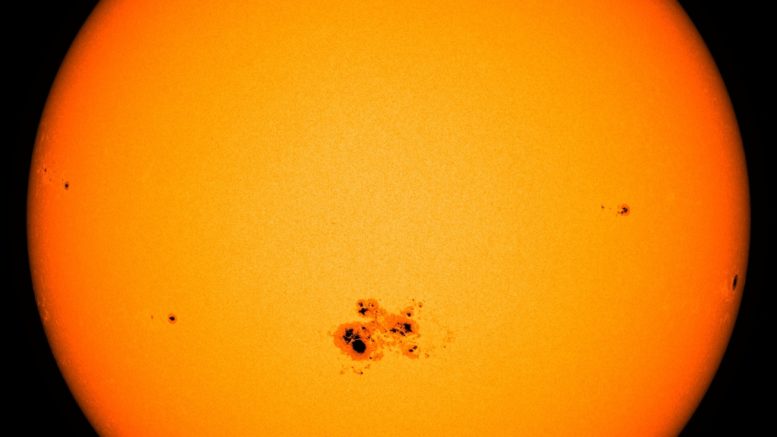After looking at the solar minimum in depth, it is only natural to discuss the opposite effect, which is the solar maximum. Solar maximum, sometimes abbreviated as solar max, is a regular period of greatest Sun activity during the 11-year solar cycle. Due to increases in the amount of solar energy from the sun during this time, there can be impact Earth’s global climate, as recent studies have shown some correlation with regional weather patterns.
At solar maximum, the Sun’s magnetic field lines are the most distorted due to the magnetic field on the solar equator rotating at a slightly faster pace than at the solar poles. On average, the solar cycle takes about 11 years to go from one solar maximum to the next, with duration observed varying from 9 to 14 years.
It is not uncommon for large solar flares often occur during a maximum, which can increase the number and prominence of the aurora borealis. For context, the solar storm of 1859 struck the Earth with such intensity that the northern lights were visible as far from the poles as Cuba and Hawaii occurred during a solar maximum.
There is a concept that scientists have called a grand solar maxima, which occurs when solar cycles exhibit greater than average activity for decades or centuries. During grand solar maxima during these periods, solar cycles still occur, but the intensity of those cycles is greater. Grand solar maxima have shown some correlation with global and regional climate changes.
Predicting when these solar cycles occur is really tough for scientists to predict, as even scientists pulled together by organizations such as NASA and NOAA have trouble determining when the next cycles occur.

Leave a comment